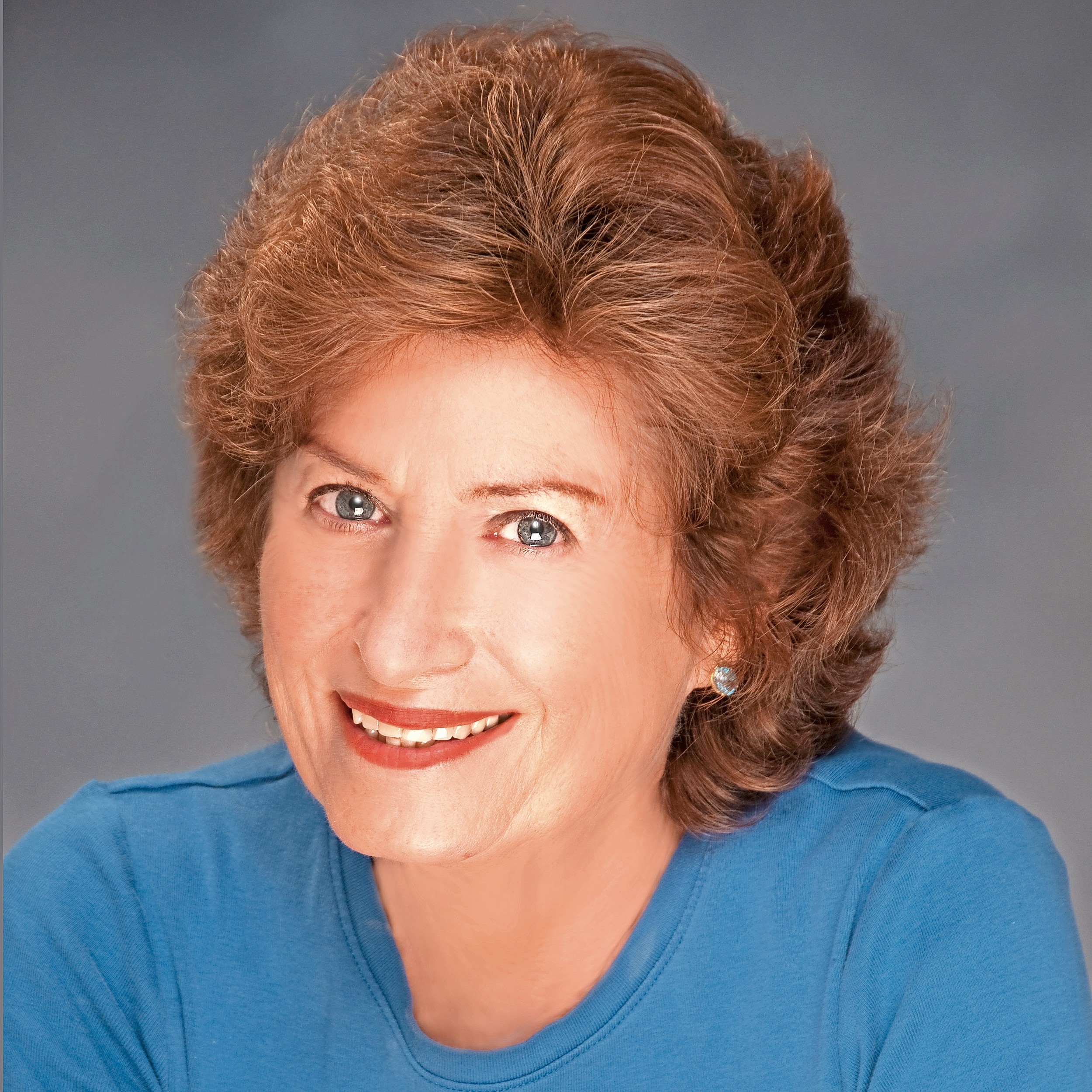Come along with me, from China to Japan
Sometimes the traveling shoes pinch.
The most unsettling experience in these last two weeks has been our visit to the Kamikaze “Peace Museum” in Chiran, Japan. In one exhibition room, men and women too young to remember World War II wiped away tears as they read the last letters the suicide pilots wrote home to their parents. “Think of me as a falling cherry blossom,” one 18-year-old pilot wrote. A photo of him showed a bright-eyed boy who looked too young to die.
We walked through the bunks where they slept the night before their final flights. Photos showed some of them playing with stuffies they brought from home. Next morning they flew out and dived their planes into American ships loaded with our fathers and grandfathers, who were also too young to die.
Isn’t that what travel offers? Views from the other side of the bridge, the ocean, the cultural and political divide? For many of us, the goal isn’t R&R. It’s risking the discomfort of seeing the world from another, very different, point of view.
We started out in Hong Kong and moved on to some small towns in China before spending a few days in Shanghai. There we took a tour of the former Jewish ghetto, where some 20,000 refugees from Hitler’s Europe lived through the war. Many of them were ultimately saved by a Japanese official who wrote documents for them so they could escape to other countries.
Tombstones from the ghetto cemetery, which no longer exists, were used as building materials during the Cultural Revolution. There is an ongoing effort to find these stones and create a memorial in Shanghai, but Chinese officials are not enthusiastic.
China rules the former ghetto area, and today, working people, teachers and shopkeepers share the tiny, dark apartments where multiple Jewish families once lived in crushingly small spaces. Living conditions, by our standards, are appalling — no toilets; one hanging light bulb; dark, greasy walls.
Of course, in the dazzling high-end districts of Shanghai and other big cities, there’s no sense that most Chinese live in a country with little functioning infrastructure, crowded together in beehive units shared with other families or on communal land out in the rural areas. The Chinese people have traded having just enough for personal freedom. Food and shelter trump democracy, for now. One guide actually said, “We have a good life, but of course we can’t choose our leaders.”
We visited a Buddhist temple park, and the line for the ferry to the site was four hours long. Thousands of people were lined up. We had tickets in advance and were on a tour, but Chinese citizens routinely accept endless waits, the subjugation of individuality and the anonymity of huge crowds in every aspect of their lives. The generation we encountered are all products of the one-child policy. One guide argued that “onlies” are much luckier because there’s no one to fight with over their parents’ money.
On to Japan. We visited Okinawa, Naha, Kagoshima, Shimizu, Yokohama and Kobe. We drove through tiny villages and big towns. We were always greeted with kindness and care, even though few speak English, and communication was pantomime. I kept thinking that it’s only been 70 years since America dropped two atomic bombs on Japan, wreaking devastation and death, mostly on civilians. Yet the people we met welcome Americans; we had meaningful encounters with everyday people. The Japanese are exceedingly polite. There’s much bowing.
The food is exquisite. Trains and taxis are immaculate. No one eats or drinks on the subway. There are special seats and shorter queues for the elderly. Every sidewalk is scored with raised bumps for the visually impaired. In one restaurant in a small town, we took off shoes, put on “eating slippers” and then, when necessary, put on “bathroom slippers.” Of course, the Toto toilets are legendary, with buttons for music, small fountains of water, drying elements and even seats that move up to meet the user.
One of our guides on an island near Mt. Fuji, a 33-year-old woman, said she was from the Samurai class, and that her life was still determined by the wishes of her father. She said she would never be “free” until she married a Samurai, and then her husband would be in charge. This is different from the modern young Japanese in Tokyo. But she added that suicide is epidemic because of the extreme academic and social pressures. We heard the same thing from our young guides in China.
Now we’re heading to Kyoto, and today our ship is less than 700 miles from North Korea. Walking the streets these last weeks, greeting the Chinese and Japanese, recalling the history, I can only wish, as never before, that we find wise leaders who will in turn find paths to peace. Recalling the history is edifying; reliving it would be horrific.
Copyright © 2017 Randi Kreiss. Randi can be reached at randik3@aol.com.






